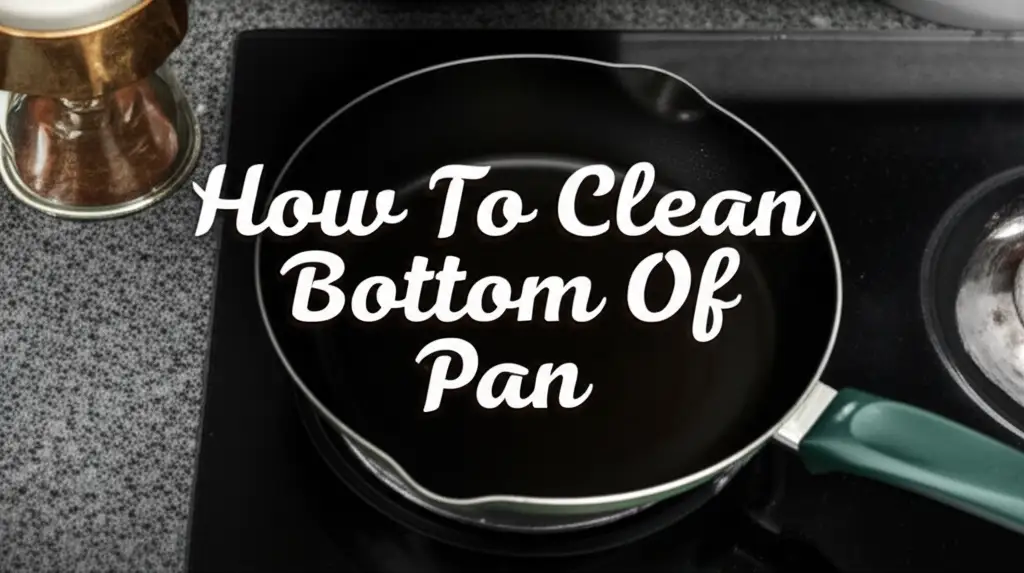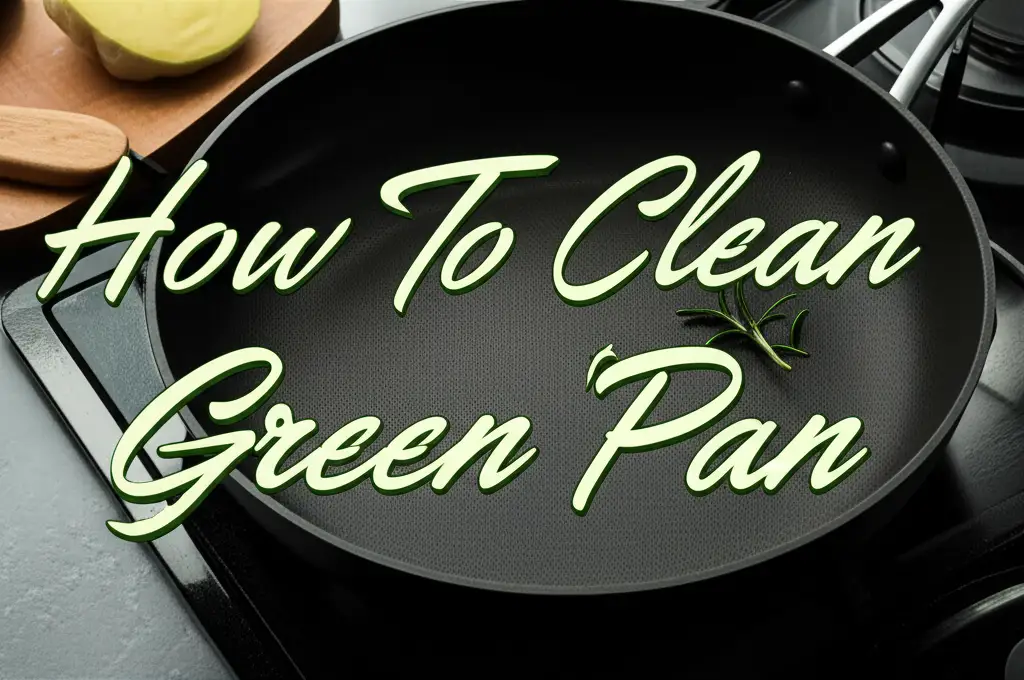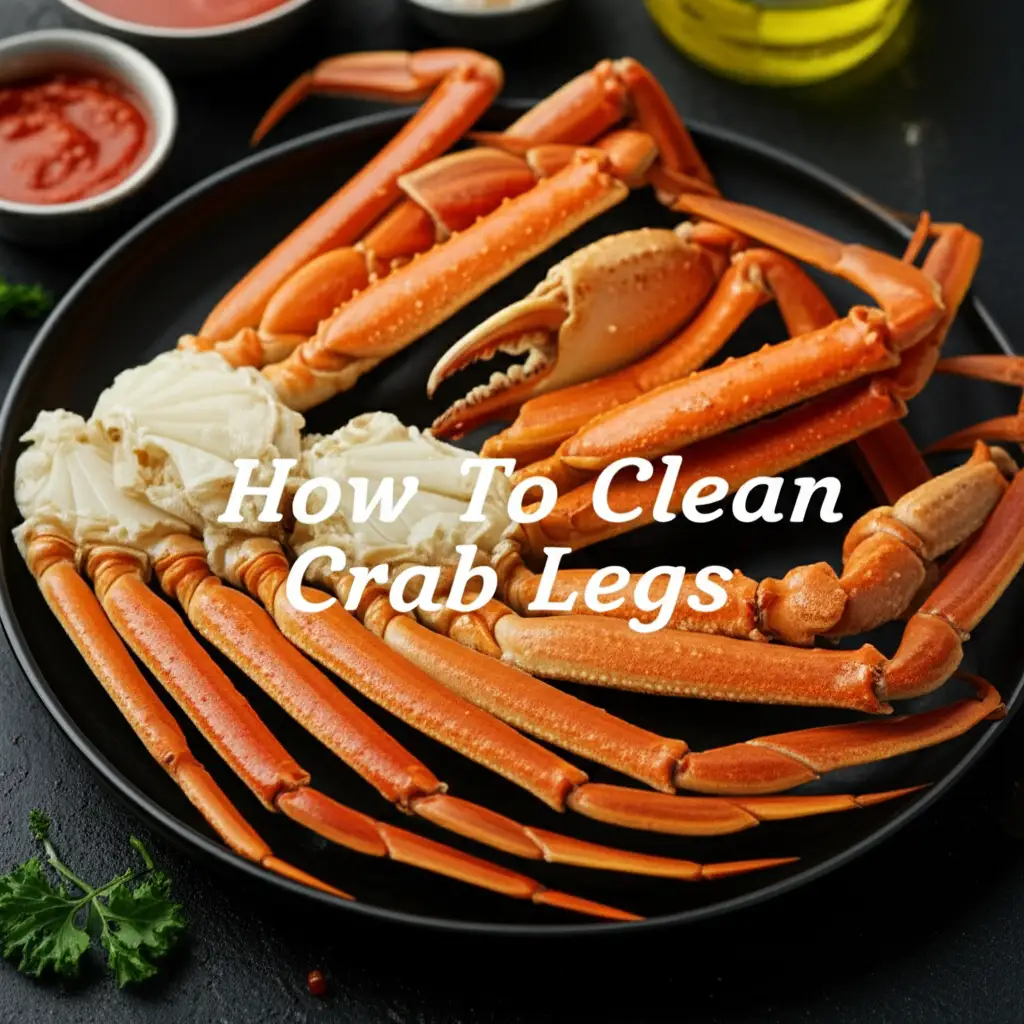· Kitchen Cleaning · 10 min read
How To Clean Shrimp Head

Mastering Shrimp Head Cleaning: A Simple Guide
Shrimp heads often get discarded, but they hold a secret. These parts are full of incredible flavor. Cleaning them properly unlocks their full potential for your cooking. This step is easier than you think.
Many home cooks wonder how to clean shrimp head correctly. They may feel unsure about what to remove and what to keep. I understand this feeling completely. This article solves that problem. We will walk through simple steps to prepare shrimp heads. You will learn the tools you need and common issues to avoid. Get ready to add amazing depth to your seafood dishes.
Takeaway:
- Shrimp heads add deep flavor to dishes.
- Proper cleaning involves rinsing and removing gills/digestive matter.
- Tools like sharp scissors and a colander make the job easy.
- Cleaned heads are perfect for stocks, sauces, or frying.
How to clean shrimp head:
To clean shrimp heads, rinse them under cold water. Gently pull out the gills located under the head. Squeeze out or rinse away any dark, soft digestive matter (tomalley) inside the head cavity. The orange roe is edible and can be kept.
Unlock Flavor: Why Clean Shrimp Heads?
Shrimp heads are not waste; they are a culinary treasure. They contain intense flavor compounds. These compounds enhance the taste of many seafood dishes. Cleaning them removes undesirable parts. This ensures a clean, pure taste.
Uncleaned heads can introduce bitterness or a muddy flavor. They also contain digestive tracts and gills. These parts are not pleasant to eat. Removing them makes the heads suitable for various cooking methods. This step is crucial for quality.
Many chefs value the “tomalley” inside the head. This green substance is the shrimp’s hepatopancreas. It offers a rich, briny flavor. Knowing how to clean shrimp head allows you to keep this valuable part if desired. It just requires careful handling.
When you clean shrimp heads, you reduce waste. You also extract maximum flavor from your ingredients. This practice is smart cooking. It shows respect for the food itself. It also makes your dishes more delicious.
Gather Your Gear: Tools for Cleaning Shrimp Heads
Cleaning shrimp heads requires a few simple tools. You likely have most of them in your kitchen already. Having the right equipment makes the task easy and quick. It also ensures you clean the heads properly.
First, you need a sharp pair of kitchen shears or small, sharp scissors. These are perfect for precise cuts. They help you remove unwanted parts without damaging the head too much. A small knife can also work, but scissors offer more control.
Next, a colander or a large bowl is essential. You will use it for rinsing the heads. Running water is important for effective cleaning. A colander allows water to drain easily. This keeps your work area tidy.
You will also need a separate bowl for discarded parts. This keeps your cleaning station organized. Some paper towels are useful too. They help dry your hands or clean up small messes. Prepare these items before you start. This makes the whole process smooth.
The Core Process: How to Clean Shrimp Head Effectively
Learning how to clean shrimp head is a straightforward process. It takes only a few steps. Follow these instructions carefully. You will have clean, flavorful shrimp heads ready for cooking.
Begin by gathering all your tools. Ensure your workspace is clean. Fresh shrimp heads are always best. Their quality affects the final flavor.
Initial Rinse and Visual Inspection
First, rinse the shrimp heads thoroughly under cold running water. Place them in a colander in your sink. Use your fingers to gently separate them. This washes away any surface dirt or debris.
Next, inspect each head carefully. Look for any visible impurities. Check for broken antennae or shell pieces. Ensure they look fresh. This first inspection is important. It sets the stage for deeper cleaning.
Targeted Removal: Gills and Digestive Matter
Now, focus on the gills. These are located just under the head, near the neck. They often look feathery and dark. Use your kitchen shears to snip them away. Some people also pull them out with their fingers. Gills can hold sand or impurities. Removing them is crucial for a clean taste.
After the gills, address the digestive matter. This is the “gut” inside the head cavity. It often appears as a dark, soft mass. Gently squeeze the head or use a small spoon to scoop it out. Rinse the cavity under cold water to remove any remaining bits. Be gentle here. You want to preserve the head’s structure.
Handling the Roe (Optional Step)
Sometimes, you will find orange roe (eggs) inside the shrimp head. This is perfectly edible and very flavorful. It adds a delicious richness to dishes. If you want to keep the roe, simply leave it in place.
If you prefer not to use the roe, you can rinse it out with the other digestive matter. This step is entirely up to your preference. Many cooks choose to keep the roe. It contributes to the desired umami flavor. Once these steps are complete, your shrimp heads are clean. They are ready for your culinary creations.
Beyond the Basics: Advanced Tips for Cleaner Shrimp Heads
Once you master the basic steps, you can refine your technique. These advanced tips ensure your shrimp heads are even cleaner. They also help if you are working with a large batch. This can save you time and effort.
For large quantities, set up an assembly line. Have one bowl for uncleaned heads, one for cleaned heads, and one for discards. This system speeds up the process. It keeps you organized. I find this method works best for efficiency.
If shrimp heads are very dirty, consider a quick soak. Place them in a bowl of ice water for a few minutes. This helps loosen any stubborn debris. It also chills the heads, making them firmer and easier to handle. Ensure the water is very cold.
For maximum flavor, use fresh, high-quality shrimp. The cleaner the initial product, the less work you need to do. Always prioritize freshness. This ensures a superior outcome. A good way to learn general shrimp cleaning is to understand how to clean shrimp fast. This can give you context for handling the whole shrimp. Remember, a well-cleaned head leads to a better dish.
Common Challenges When Cleaning Shrimp Heads
Even with proper instructions, you might encounter challenges. Knowing how to handle these issues makes the cleaning process smoother. It prevents frustration in the kitchen. I want you to feel confident.
One common issue is a strong, unpleasant odor. This usually means the shrimp are not very fresh. Always check the freshness of your shrimp before buying. A slight sea smell is normal, but a strong ammonia smell means spoilage. Discard spoiled shrimp immediately.
Another challenge is very soft or mushy heads. This also indicates poor freshness. Overly soft heads are difficult to clean. They tend to fall apart easily. Choose firm heads for the best results.
Sometimes, you might miss some digestive matter. Don’t worry. This happens. A final rinse after cleaning helps. You can also re-inspect each head quickly before cooking. Just be thorough. If you are starting with frozen shrimp, you might find different textures. Learning how to clean frozen shrimp can help you manage initial conditions. Patience and practice will make you a pro at this task.
Culinary Delights: Using Cleaned Shrimp Heads
Cleaned shrimp heads are incredibly versatile. They add depth and complexity to many dishes. Do not let these flavorful parts go to waste. They can transform simple meals into gourmet experiences.
The most common use is making shrimp stock. Simmer cleaned heads with water, aromatics, and vegetables. This creates a rich, savory broth. Use this stock as a base for soups, risottos, or paella. It provides an unmatched seafood flavor.
You can also fry cleaned shrimp heads. Lightly dust them with flour and spices. Then, deep-fry until crispy. These make a fantastic snack or garnish. They offer a delightful crunch and intense flavor.
Consider adding them directly to stir-fries or curries. They infuse the dish with their essence as they cook. Just remove them before serving. This method is simple yet highly effective. These heads are truly a chef’s secret ingredient.
Proper Storage: Keeping Cleaned Shrimp Heads Fresh
Once you learn how to clean shrimp head, you might clean more than you need. Proper storage ensures they remain fresh. It allows you to use them in future cooking projects. This prevents waste and saves time later.
For short-term storage, place cleaned shrimp heads in an airtight container. Keep them in the refrigerator. Use them within 1-2 days. This is ideal if you plan to cook with them soon. Ensure the container is sealed well.
For longer storage, freezing is the best option. Place the cleaned heads in a single layer on a baking sheet. Freeze them until solid. Then, transfer them to a freezer-safe bag or container. This prevents them from sticking together.
Frozen shrimp heads can last for 2-3 months. Label the container with the date. When ready to use, thaw them in the refrigerator overnight. You can also add them directly to a pot for making stock. This makes future meal preparation easy.
FAQ Section
Is it safe to eat shrimp heads?
Yes, it is safe to eat shrimp heads if they are fresh and properly cleaned. Many cultures consider them a delicacy due to their rich flavor. Always ensure proper cleaning before consumption.
What is the green stuff inside shrimp heads?
The green substance inside shrimp heads is called tomalley. It is the hepatopancreas, which functions like a liver and pancreas. It is edible and has a concentrated, briny flavor. You can choose to keep or remove it based on preference.
Do I need to remove the gills from shrimp heads?
Yes, it is recommended to remove the gills from shrimp heads. Gills can contain sand, impurities, or a muddy flavor. Removing them ensures a cleaner, more pleasant taste for your stock or dishes.
Can I use shrimp heads for stock if they are not cleaned?
It is not recommended to use uncleaned shrimp heads for stock. Uncleaned heads can introduce impurities, bitterness, or a muddy flavor to your stock. Cleaning them first ensures a purer, more desirable flavor profile.
How do I know if shrimp heads are fresh enough to clean?
Fresh shrimp heads should have a mild, oceanic smell, not a strong fishy or ammonia odor. They should also be firm to the touch. Avoid heads that are mushy, discolored, or have a very strong, unpleasant smell.
What is the orange stuff in shrimp heads?
The orange stuff in shrimp heads is roe, which are the shrimp eggs. Roe is completely edible and highly prized for its delicate flavor and rich texture. It adds a delicious depth to stocks and other dishes.
Conclusion
Mastering how to clean shrimp head is a simple skill. It unlocks a world of flavor for your cooking. You now understand the tools needed and the step-by-step process. You also know how to troubleshoot common issues. From fresh stocks to crispy fried treats, cleaned shrimp heads offer incredible culinary potential.
Never discard these flavorful gems again. Embrace the practice of using every part of your ingredients. This reduces waste and enhances your meals. Start cleaning shrimp heads today. You will be amazed at the depth of flavor you can achieve. Elevate your cooking with this simple, impactful step.
- shrimp cleaning
- seafood preparation
- kitchen tips




